Assignment 5: Aesthetic photos with 4-D light capturing
Harry Ho, CS194-26-agg
Overview
This project involves a genius way of capturing light that allows refocusing photos post-capturing the image. A traditional camera filters out a lot of data, even when capturing light face-on. A lumiograph captures images with an array of cameras orthogonal to some optical axis. By shifting and averaging each u, v coordinate in the aperature, we can shift and average the images refocus depth across the image. This project was generally an exercise on adding an extra dimension to photo-capturing to expand the possibilities for generating 2-D images.
Depth Refocusing
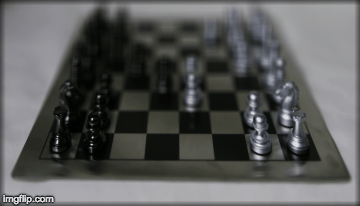 GIF-ified of the images below. Is GIF-ify a word?
GIF-ified of the images below. Is GIF-ify a word?
In this part I used the lightfield array capture of a chessboard. For a 17 by 17 grid of cameras, a total of 289 photos were taken. To refocus depth, I shifted each image by its displacement from the center of the lumiograph (i.e. (8, 8)), and averaged all the photos. We can shift our focus by shifting the amount to which we shift each image. Below are some images shifted with a range of alpha values. Notice the range of focus points across the chessboard!
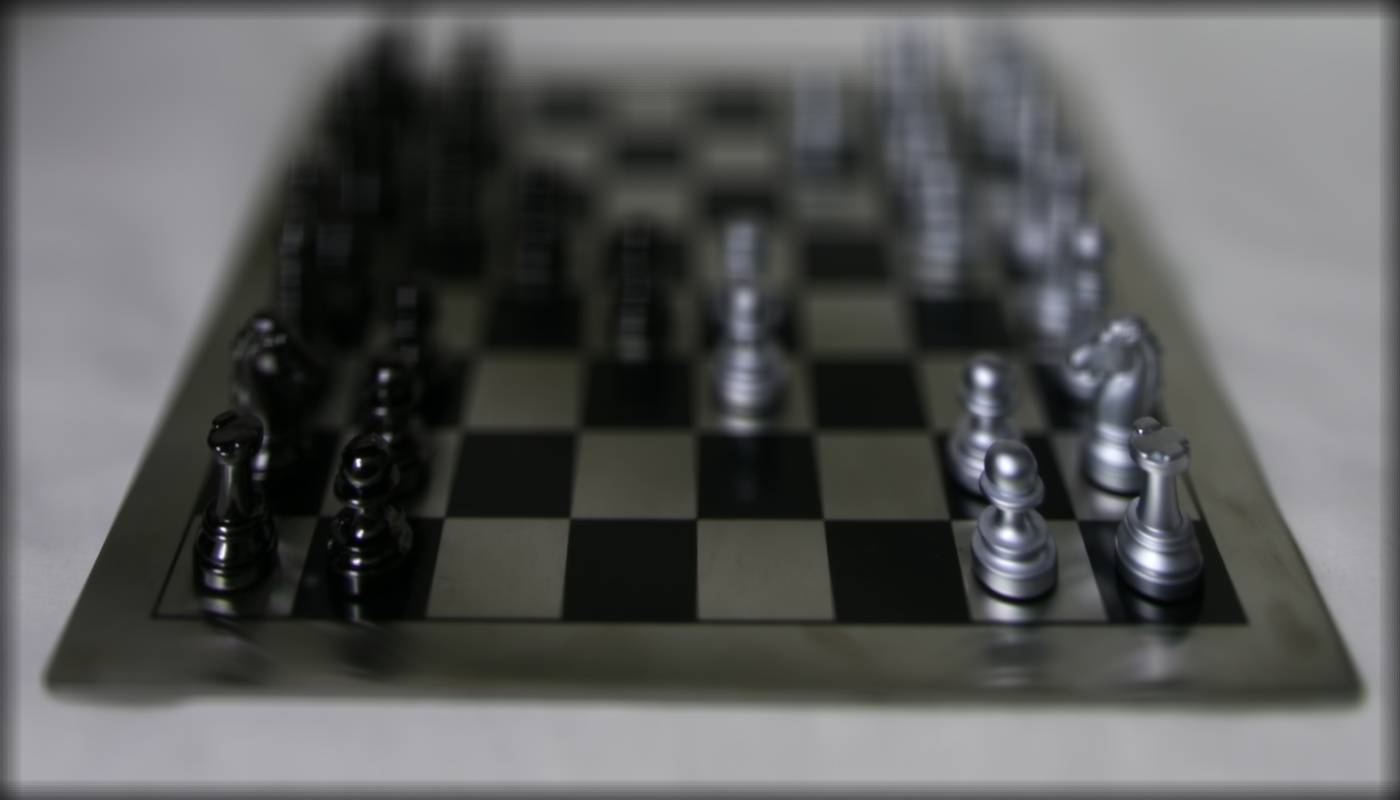 Alpha value set to
Alpha value set to -0.5
|
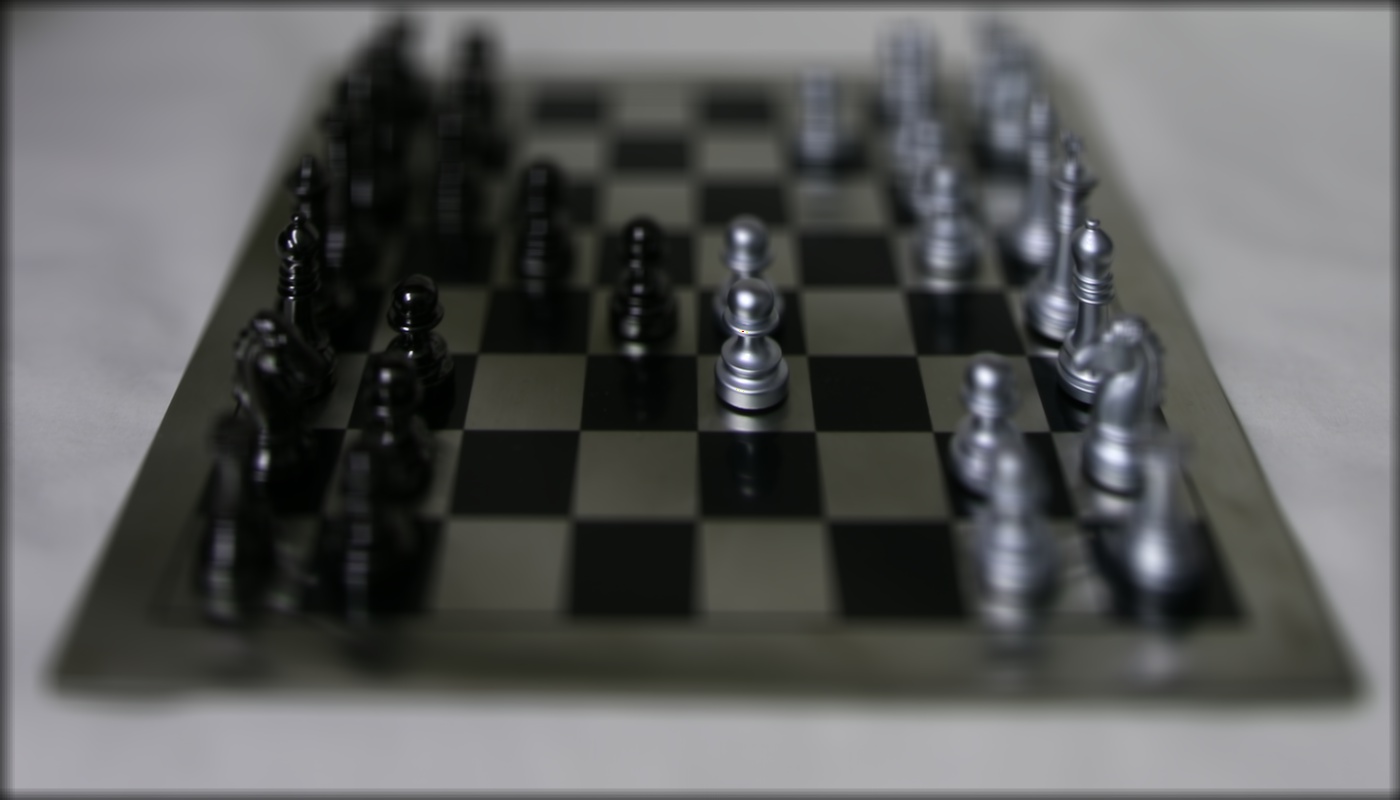 Alpha value set to
Alpha value set to -0.3
|
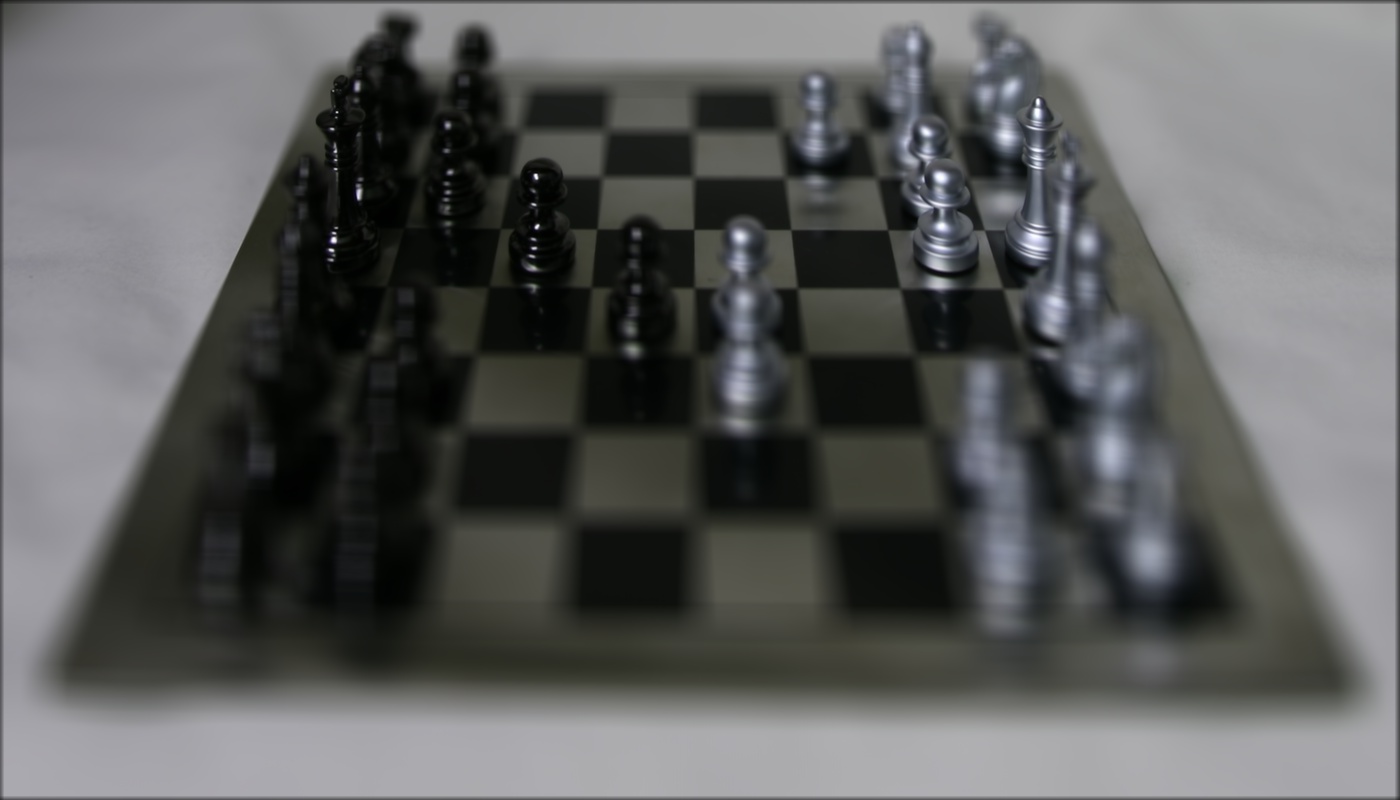 Alpha value set to
Alpha value set to -0.1
|
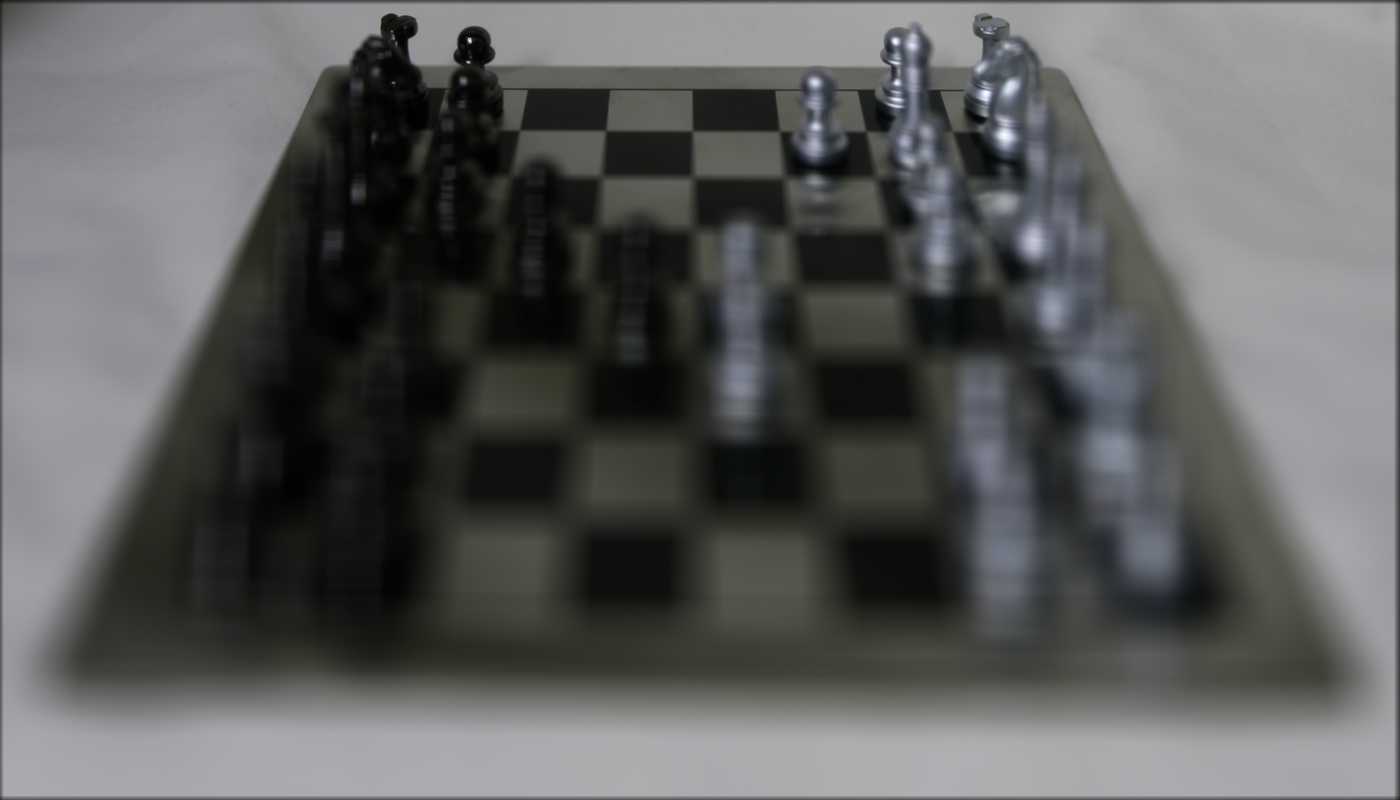 Alpha value set to
Alpha value set to 0.1
|
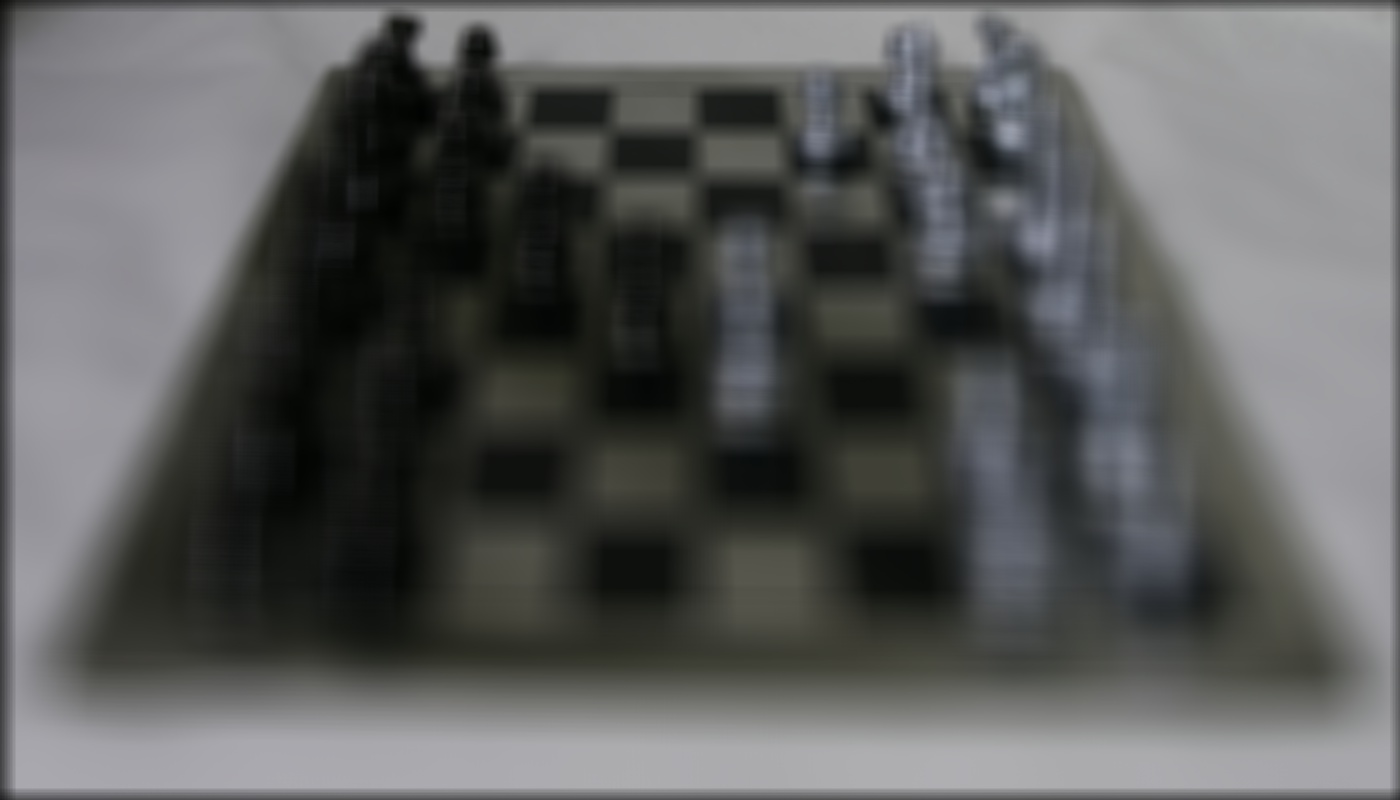 Alpha value set to
Alpha value set to 0.3
|
Aperature Adjustment
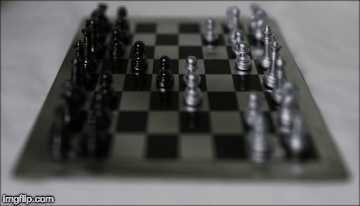 GIF of aperature shift with alpha set to
GIF of aperature shift with alpha set to 0.2
This part of the project reminded me of the opening of Sherlock, where the landscape of London looks like a toy set of miniatures. This practice is called tilt-shift photography, and we can mimic this kind of effect by combining multiple tilted values of the same image, just like a lumiograph. Limiting the aperature sizes gives a wider range of motion on the outskirts of the image, causing a blurred look the further away from center of the photo. I used the same shift and add algorithm as the previous section, with a constant alpha value set to -0.15. I iterated through all 289 images and only took images that were within the grid to shift and average.
 Filtering only the center
Filtering only the center 1 by 1 grid.
|
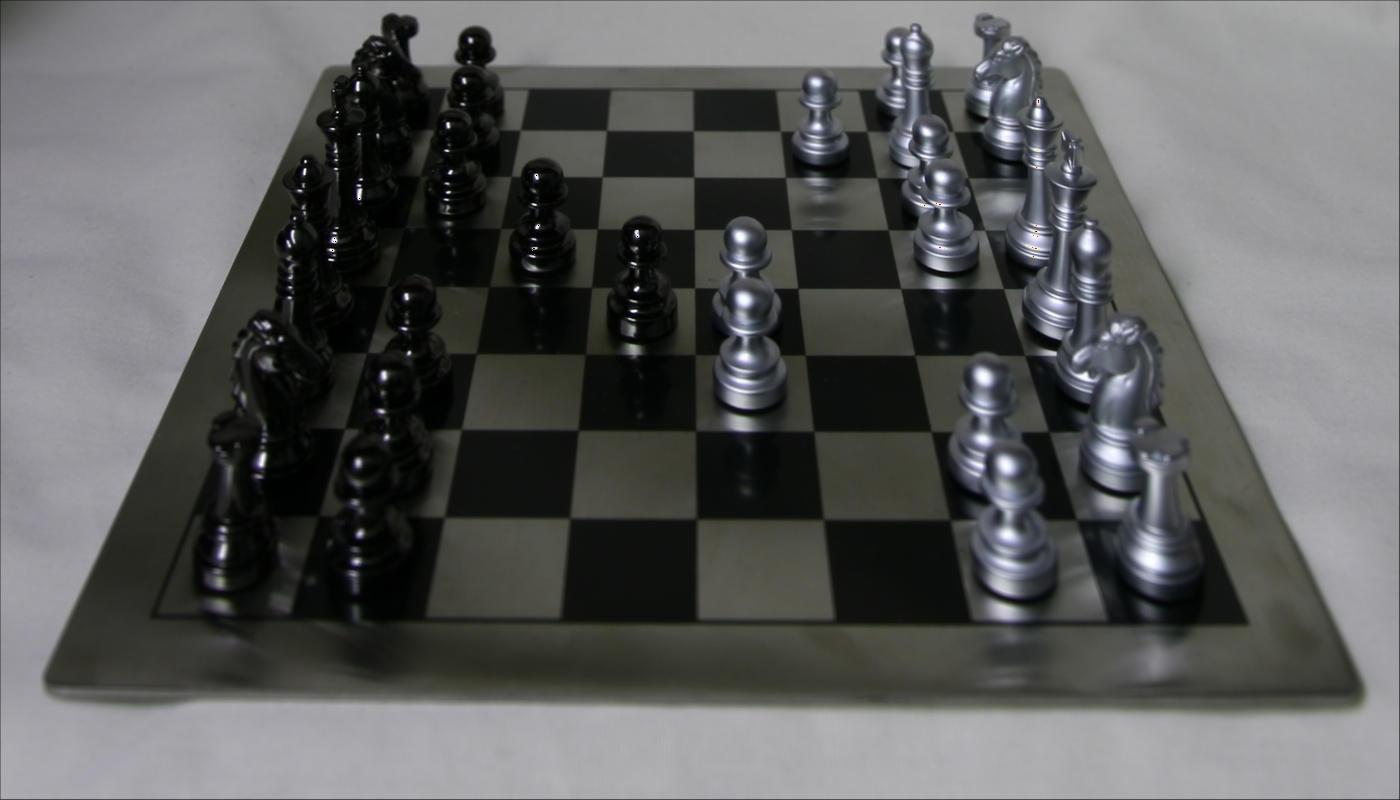 Filtering only the center
Filtering only the center 3 by 3 grid.
|
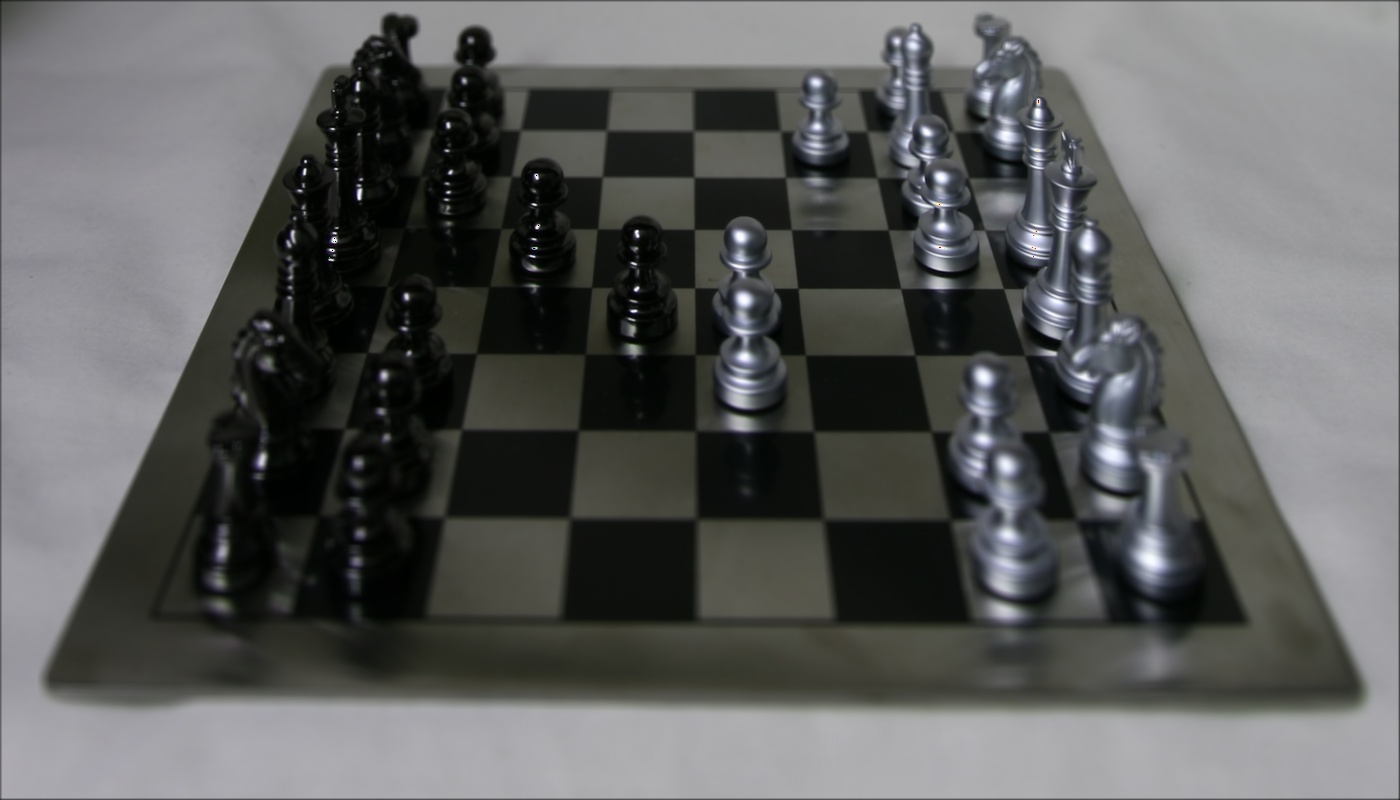 Filtering only the center
Filtering only the center 5 by 5 grid.
|
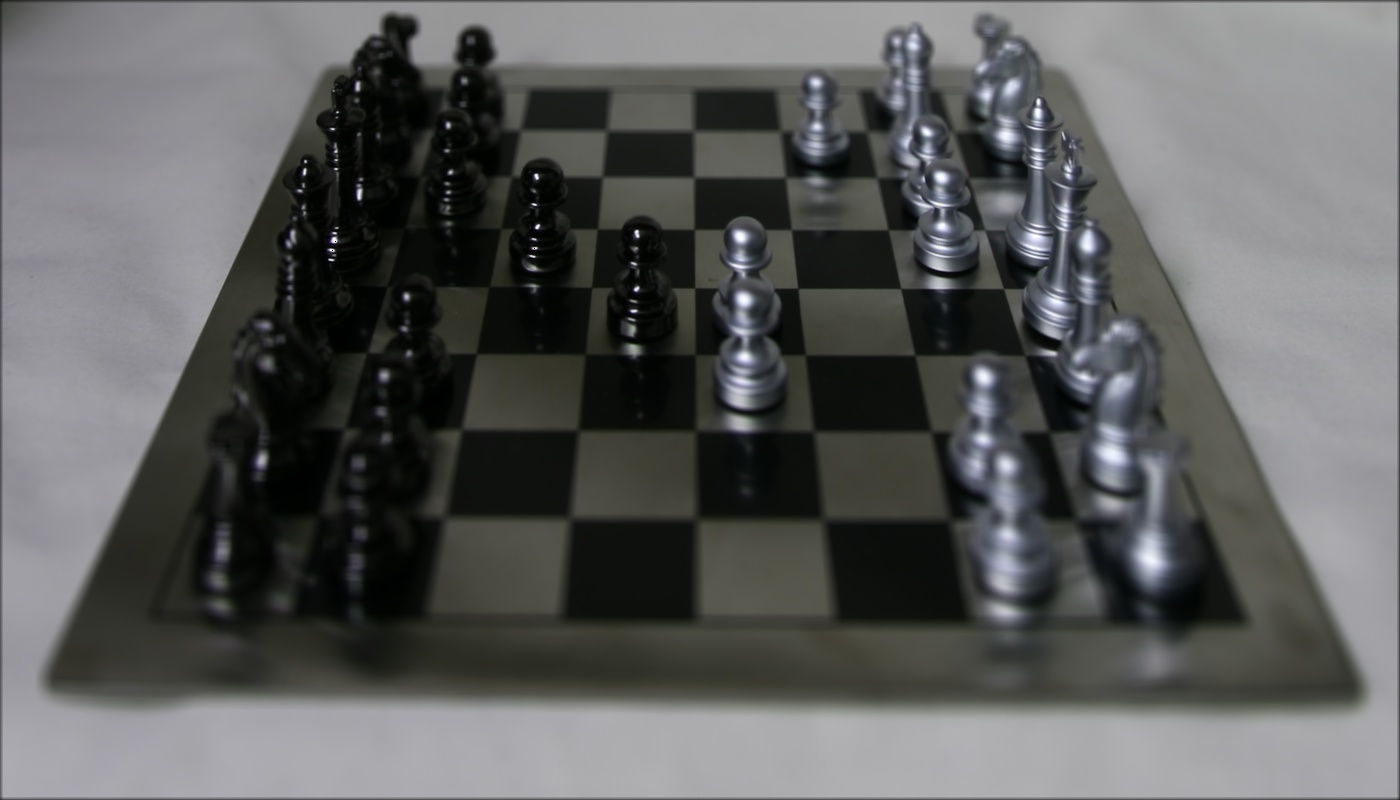 Filtering only the center
Filtering only the center 7 by 7 grid.
|
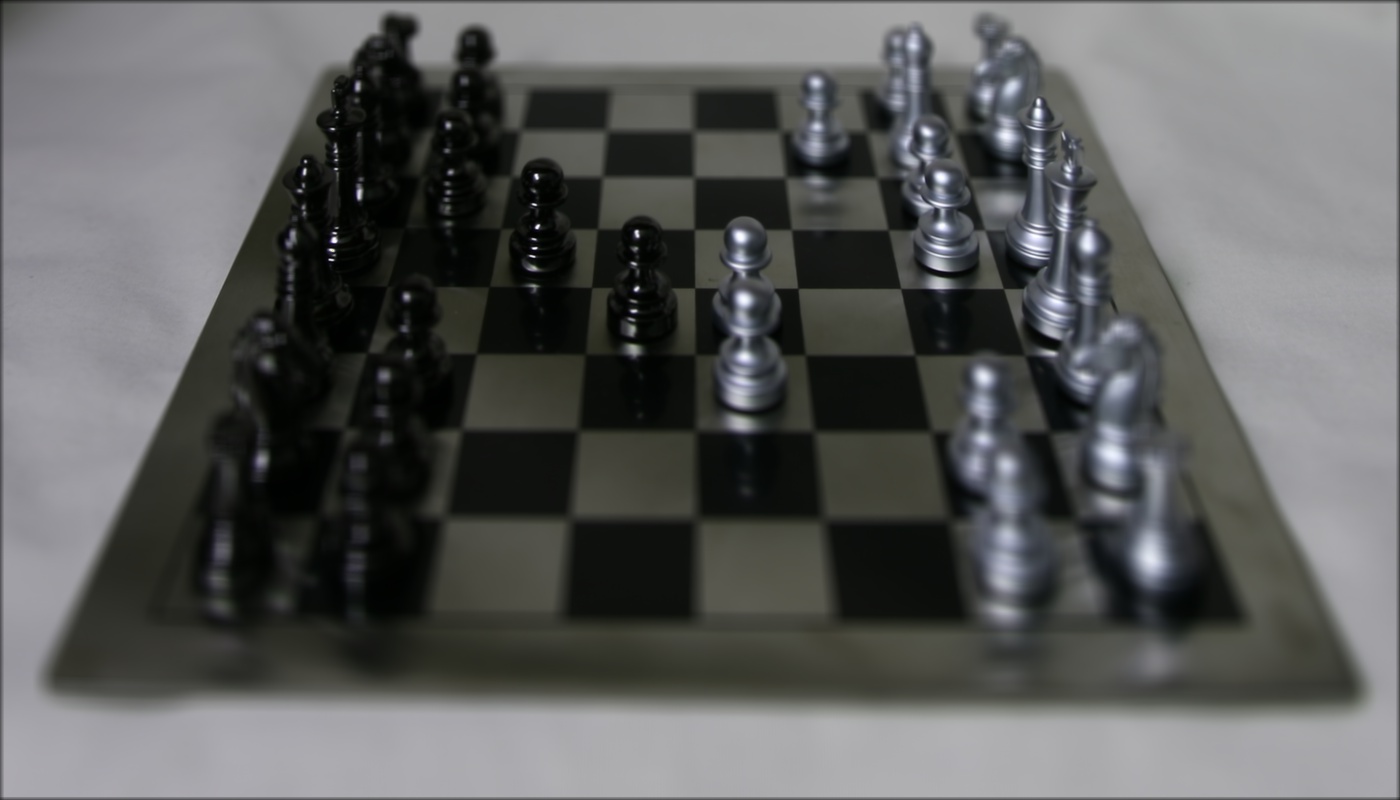 Filtering only the center
Filtering only the center 9 by 9 grid.
|
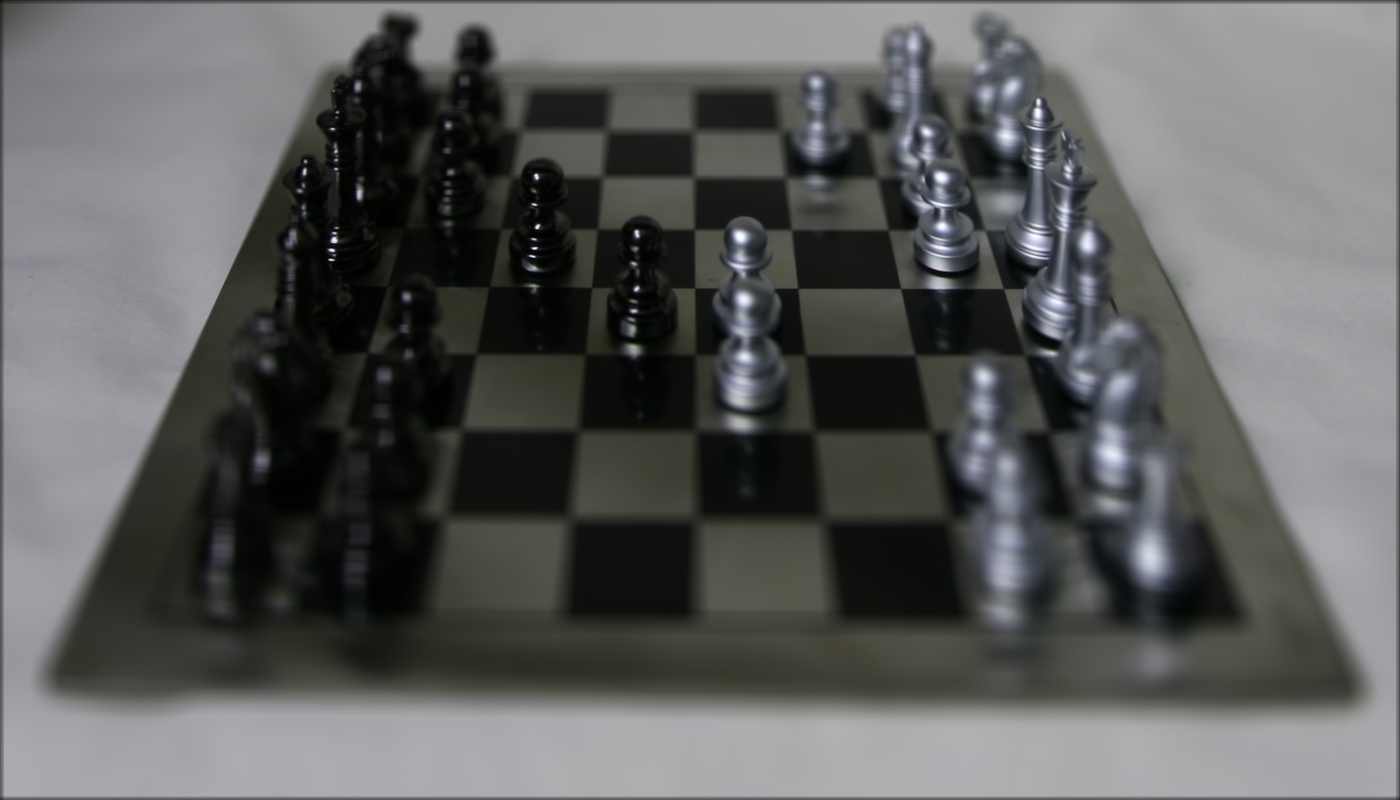 Filtering only the center
Filtering only the center 11 by 11 grid.
|
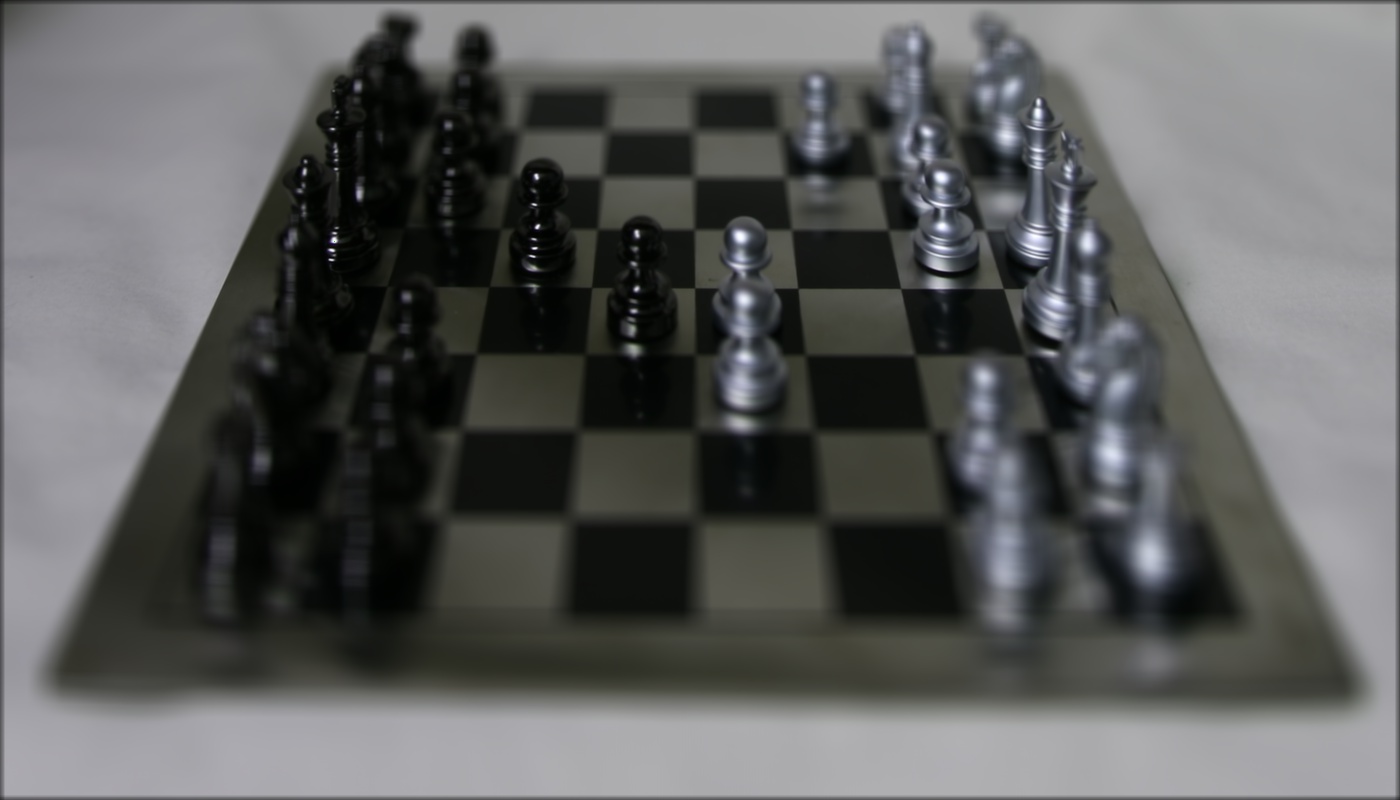 Filtering only the center
Filtering only the center 13 by 13 grid.
|
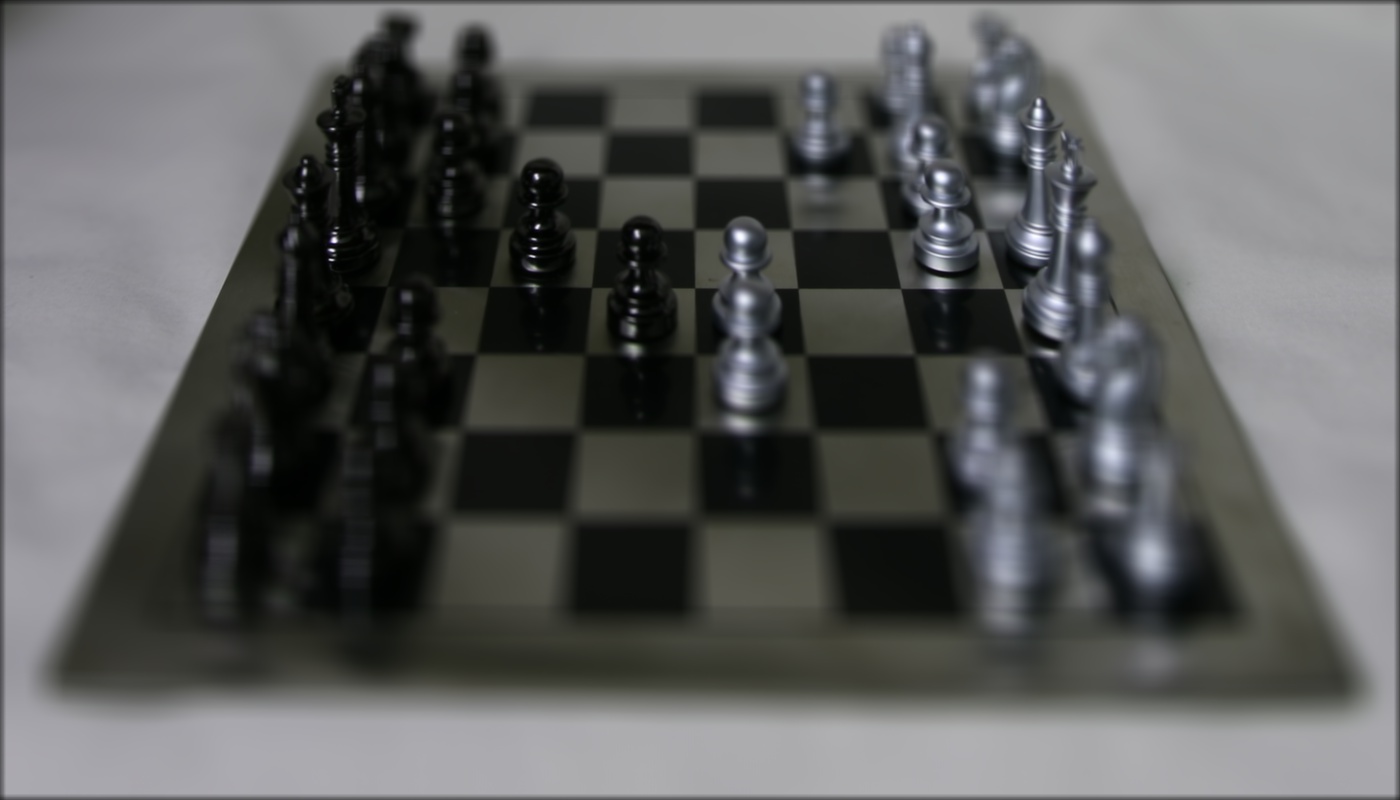 Filtering only the center
Filtering only the center 15 by 15 grid.
|
My takeaway thoughts
In conclusion, I thought that this project was pretty cool. There is so much you can do with lightfield cameras that you can't normally do with traditional cameras, and it would be amazing to see what you can do applying this to other media formats like VR and video!














